From Libre Arts: link to the original post
Highlights: new releases of GIMP, darktable, OBS Studio, Zrythm, Geonkick, X.org driver for Wacom, Inkscape to begin hiring, FreeCAD 0.20 is coming.
GIMP 2.99.10
New version of GIMP comes with a pretty major change: layer links are now gone. They’ve always been more like temporary solution for lacking multi-layer selection. Now that GIMP has the latter, it didn’t make much sense keeping layer links.
For use cases where you might want restoring a complex selection of layers that are not inside the same group there are now layer sets available. Frankly, the feature should have been called ‘layer selection sets’ instead as the name currently implies a different functionality (known as layer comps to Photoshop users).
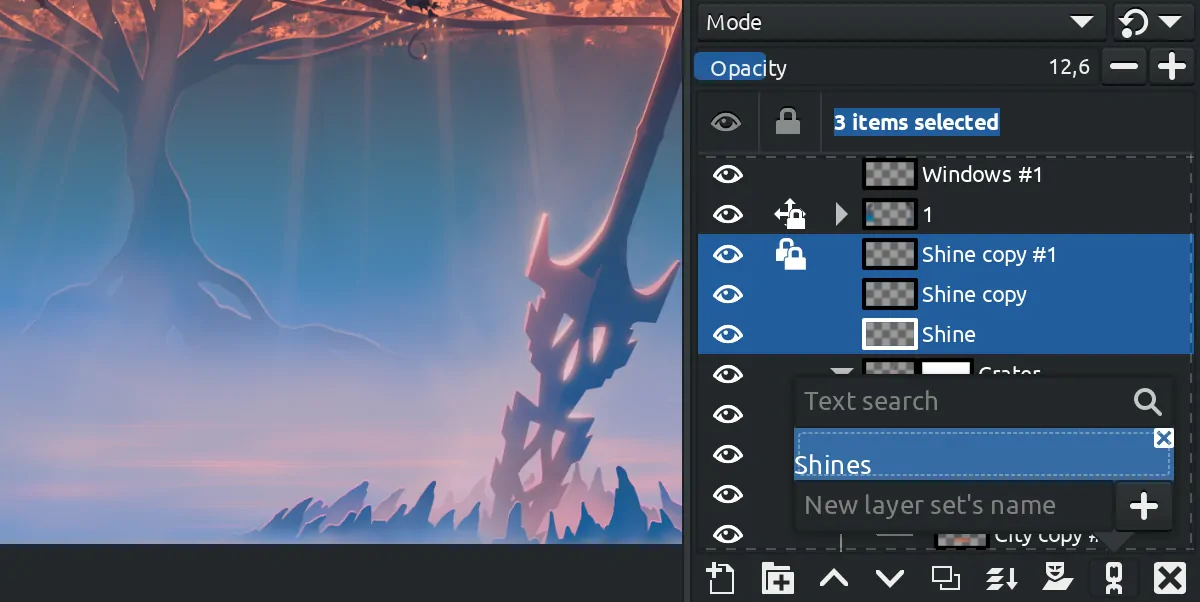
Here and below: Spear of Jealousy, artwork by Fredrik Persson
There is another major change in the Layers dock. Locking options have been moved from above the layer tree to layers. Instead of the link indicator you now have the lock indicator, and when you click it, a menu opens:
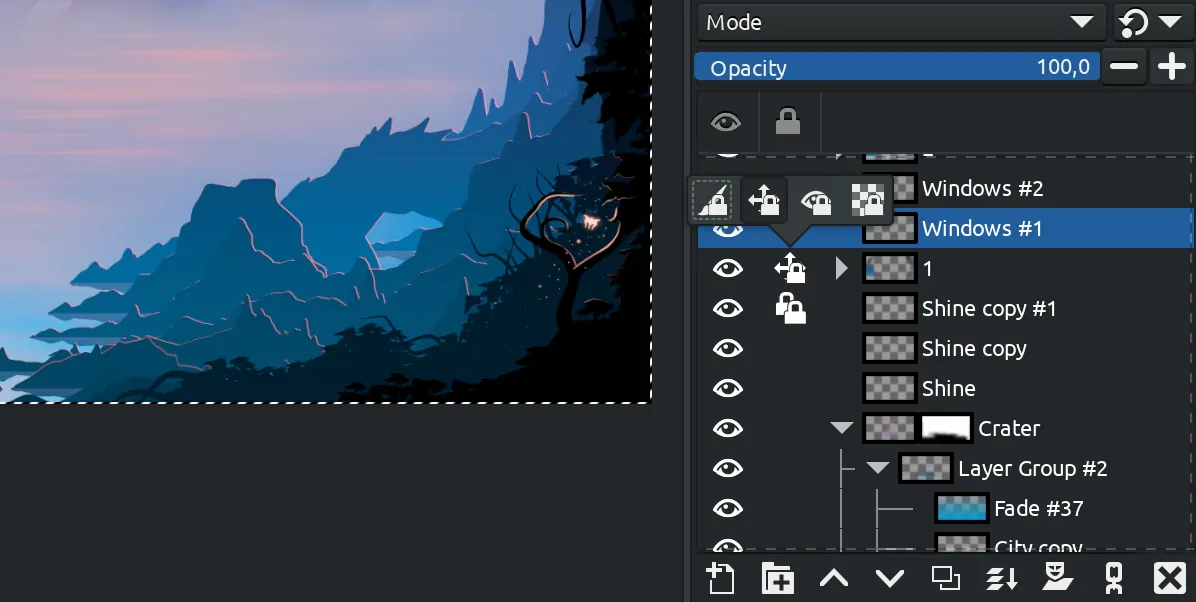
Some of the other changes are:
- Welcome dialog that currently lists links to useful resources on GIMP.org, displays release notes. The plan is to add some quick UI options there, like in Blender or Inkscape 1.1+.
- A single toggle to enable/disable painting dynamics
- Loading and exporting of Microsoft Windows cursor (.cur) files
- Alpha and position locks can now be set on layer groups.
- The file format has been updated to version 17 (and yes, it’s documented)
- The slider widget (e.g. layer opacity slider) has been moved from private to public API and can be used by plugins now, it’s also smaller (in height) now
When used on aarch64, GEGL will now use the Arm Neon extension of SIMD for some operations like resampling.
In the babl library, some precision conversions now use automatically generated LUTs, which is faster. See here for details.
darktable 3.8.1
There are no new features in this update. But the release comes with 55 bug fixes and two new noise suppression profiles (Canon EOS D60, Samsung NX1000). So you really might want updating.
Inkscape will start hiring soon
The Inkscape board voted for hiring the first part-time employee, a project coordinator. The job isn’t open yet, but it’s likely to happen very soon.
X.org driver for Wacom graphic tablets reaches 1.0
The xf86-input-wacom driver has silently reached v1.0.0 after, oh, 19 years (the initial code revision was made in the wee hours of December 23, 2002). There’s no big fuzz about the release, no major changes either. It just happened.
I don’t think it has anything to do with Wayland being the most cherished child lately. It’s just the team has always been this quiet and hardworking.
Blender updates
The team posted an update on sculpting development. As usual, I suggest you read it in its entirety. Here are the main points:
- There’s now a unified list of color attributes used for vertex color painting
- Dyntopo now better respects all kinds of boundaries when changing meshes
- Sculpting while previewing EEVEE will be fully supported
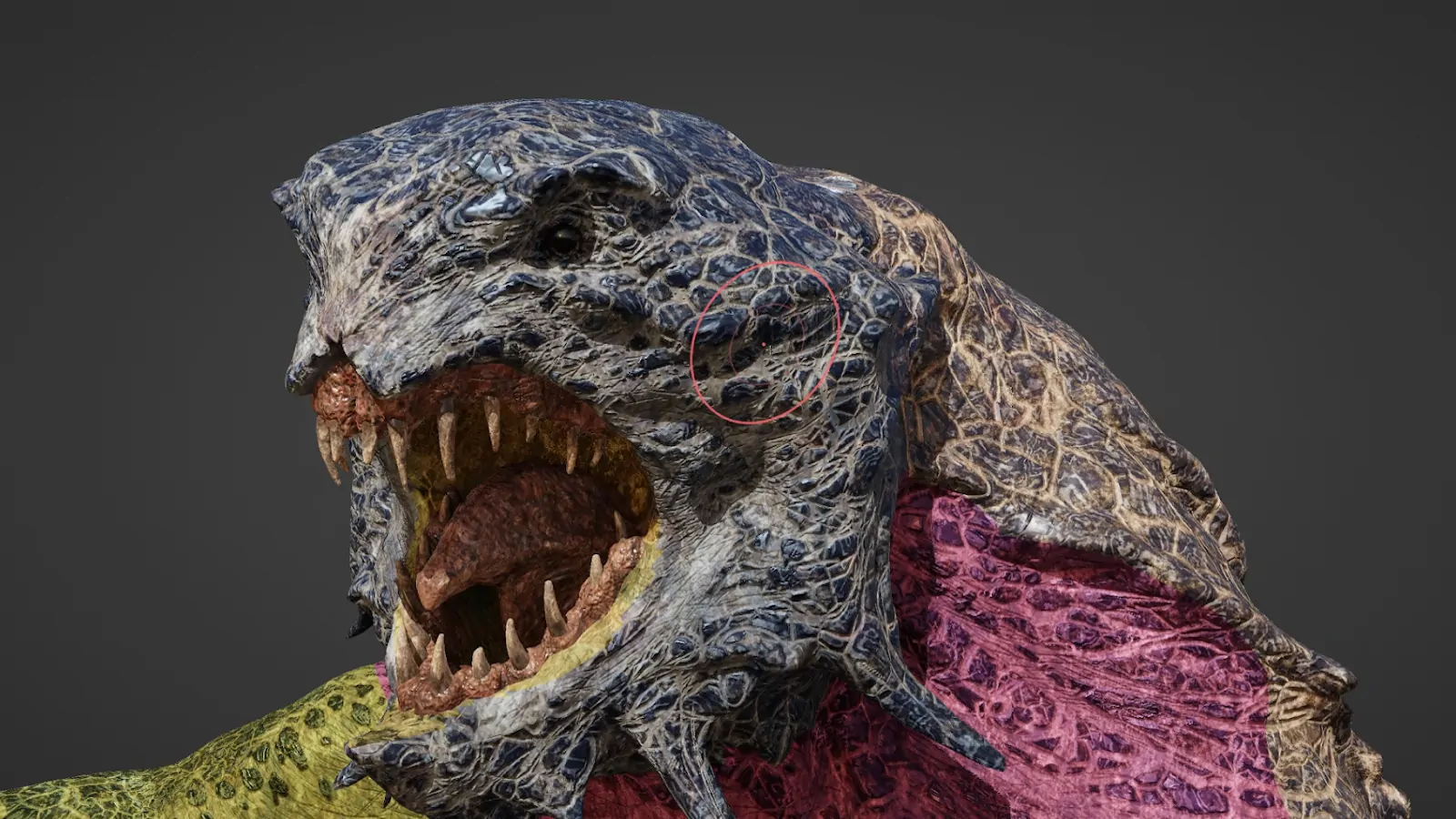
There was a bit of a hate storm recently over Blender’s decision to stop following VFX Reference Platform. The project started aligning to the platform in 2019 with Python being an exclusion and did it for 2+ years. But it didn’t work well for developers. To quote Sergey Sharybin:
Currently developers and platform maintainers are spending considerable amount of time in discussions when a library update is proposed (or even when it is needed as a bug fix). This time is spent on weighting cons and pros, sometimes ending up with decisions that go against measurable benefits of Blender users who are not following the VFX Reference Platform in their pipeline or work environment.
In other cases, some libraries are already not following the VFX Reference Platform because of critical bug fixes that required a library update.
The counter-argument is that in big studios, two years is nothing. Moreover, back in 2020, there were reports like this one:
Yes. Aligning with Python releases has allowed Volition to build cross-DCC apps without having to worry about binary incompatibility on C-compiled Python libraries. Please consider continuing.
— Jeff Hanna (@jeff_hanna) December 3, 2020
The final decision is basically this:
[…] the decision was made that Blender will no longer stick to the VFX Reference Platform. For the Blender community and ecosystem as a whole it is more important to be able to use the latest Python versions and other libraries. We are still committed to preserve file format compatibility and to avoid library conflicts for integrations with binary add-ons.
Meanwhile, Dr. Sybren A. Stüvel released a major new version of Flatterer, a Blender add-on that blows up any 3D model into a set of shapes ready for laser cutting. This release comes with new options that amount to more control over shape packing: sorting (by descending area, by shortest/longest side etc.), rotation.
FreeCAD 0.20 splash screen contest
The FreeCAD team launched a splash screen contest for upcoming version 0.20 that is supposed to be released very soon.
Release notes for the new version are still work in the progress but it’s worth having a look at if you are interested. Much like the last time, the release notes is going to feature a review of new and updated 3rd party modules.
OBS Studio 27.2
New version of OBS Studio is out with new features and improvements (and now with a bugfix update). Major changes are:
- AJA source for AJA devices
- Chromium-based browser source updated from v75 to v95
- Blend modes now available for sources (via source right-click menu)
- AOM AV1 and SVT-AV1 encoders now available (experimental and resource-hungry)
- Hotkey improvements: filter search and duplicate detection when setting
- Official Flatpak support for Linux
- At long last, an option to hide OBS from all capturing
The latest version is here.
MLT Framework is getting higher bit depth support
At long last, patches are landing to the MLT framework to add support for 10-bit video input and the end-to-end full range color support. There will likely be more work done. Availability in Kdenlive and Flowblade (both MLT-based video editors) depends on how soon releases with these changes will be done.
Zrythm v1.0.0-alpha.29.1
There have been a couple of new releases of Zrythm delivering chord presets and chord preset packs (take that, Flushvalve!), as well as more scales. The adaptive grid snap is now used by default.
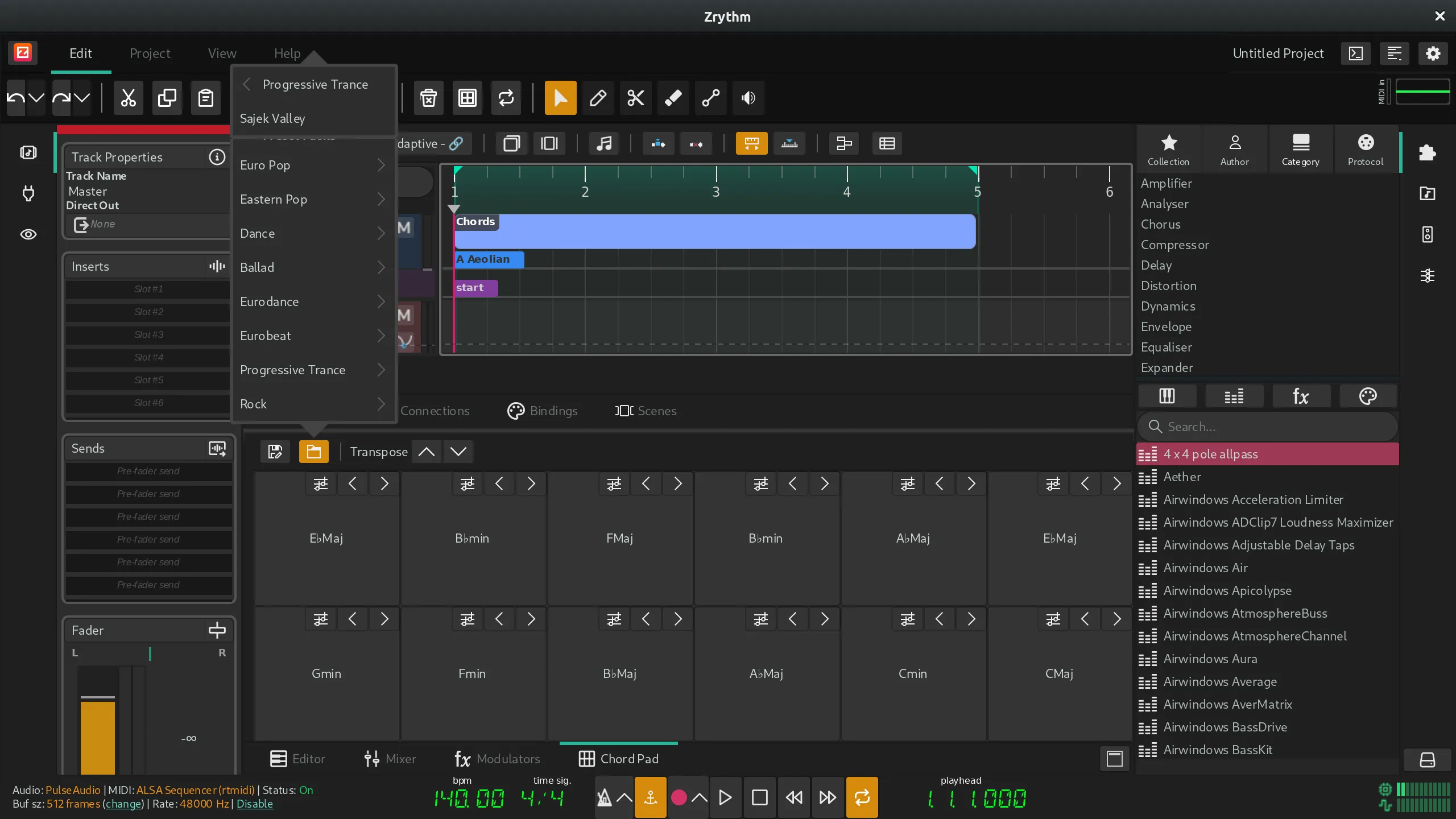
There’s automation/chord region stretching available as well now.
#Zrythm can now stretch all types of regions. also audio stretching has been fixed#DAW #DTM #作曲 #musicproduction #audio pic.twitter.com/n8e4nZCnP2
— Zrythm DAW (@ZrythmDAW) February 23, 2022
Ardour updates
First of all, there are organizational changes coming. Paul Davis is planning to register an LLC for Ardour, so he’s looking for a tax consultant to help with the transition.
Paul also published the first episode of his own podcast. He spoke to Justin Frankel, mastermind and lead developer of Reaper. The conversation is rather technical, so if you are interested in audio development, that should be interesting to you.
There have been some mild changes to the Cue workspace: loop auditioning is now available, and Patch Change is now a non-modal tabbed dialog.
Plugin updates
Filipe Coelho made the first release of Cardinal, a free/libre synth based on VCV Rack and various modules for it. The announcement neatly explains the difference between the three versions of the plugin.
The whole Cardinal story exposed how little some VCV Rack module developers knew about how licensing in general and GPL in particular work. In one case, a developer is now closing the source code of his modules because he did not expect that his code is available for reuse to everyone rather than the VCV Rack project. There is some bitterness over the creation of Cardinal overall, but hopefully these two projects can coexist peacefully.
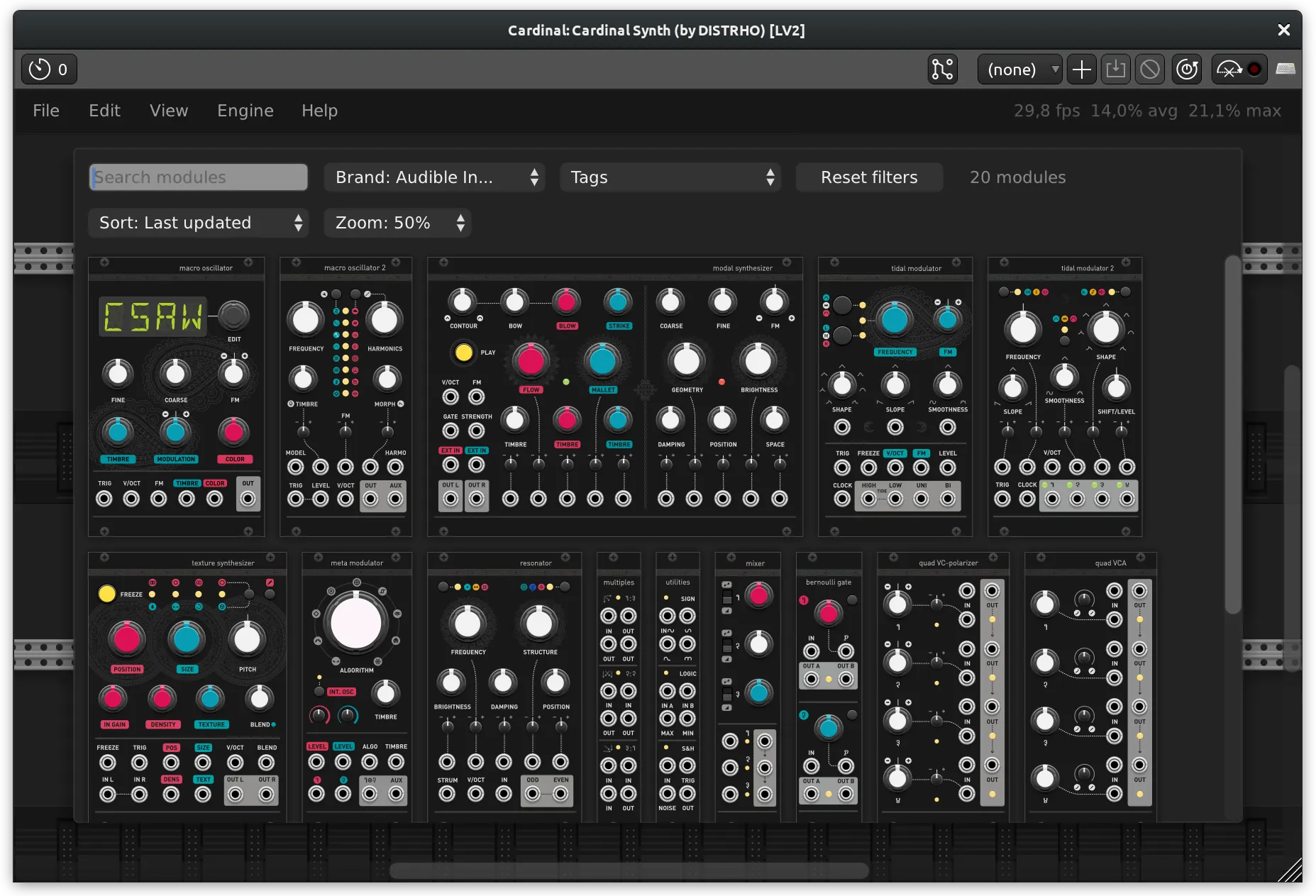
Iurie Nistor released Geonkick 2.9.0. The highlight of the new version of this percussion synth is the return of the VST3 plugin, with session sample rate support. Additionally, several bugs have been fixed.

TalentedHack 1.9.0 is out with fixes that reduce audio artifacts during pitch correction. There are also 4 new control ports to better control pitch detection:
- Min Pitch
- Max Pitch
- Overtone Avoidance (the k parameter from McLeod Pitch Method)
- Voiced Threshold
Tutorials
Ramon Miranda explains how to use the two-point perspective assistant in Krita:
There is less than 1 minute of Inkscape screen time, but it’s fun!
Artworks
Nalloru Studio released a short animated film “Watchmaker At Time’s End”. Almost everything was produced with free/libre software like Blender, Krita, GIMP, G’MIC, Ardour, Natron, OcenAudio, ImageMagick.
New environment painting by Philipp Urlich, Krita:
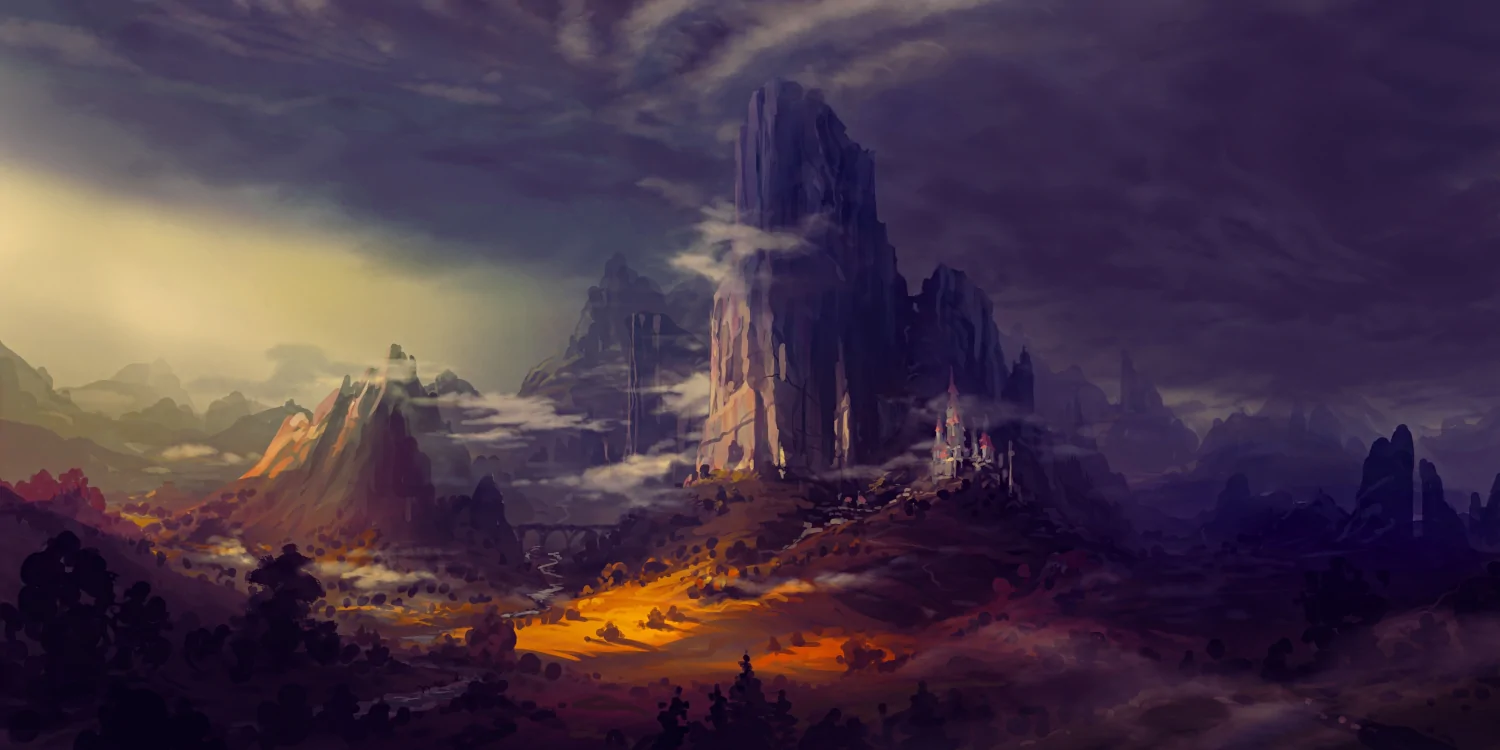
Veres by Daria Sergeeva, Krita:
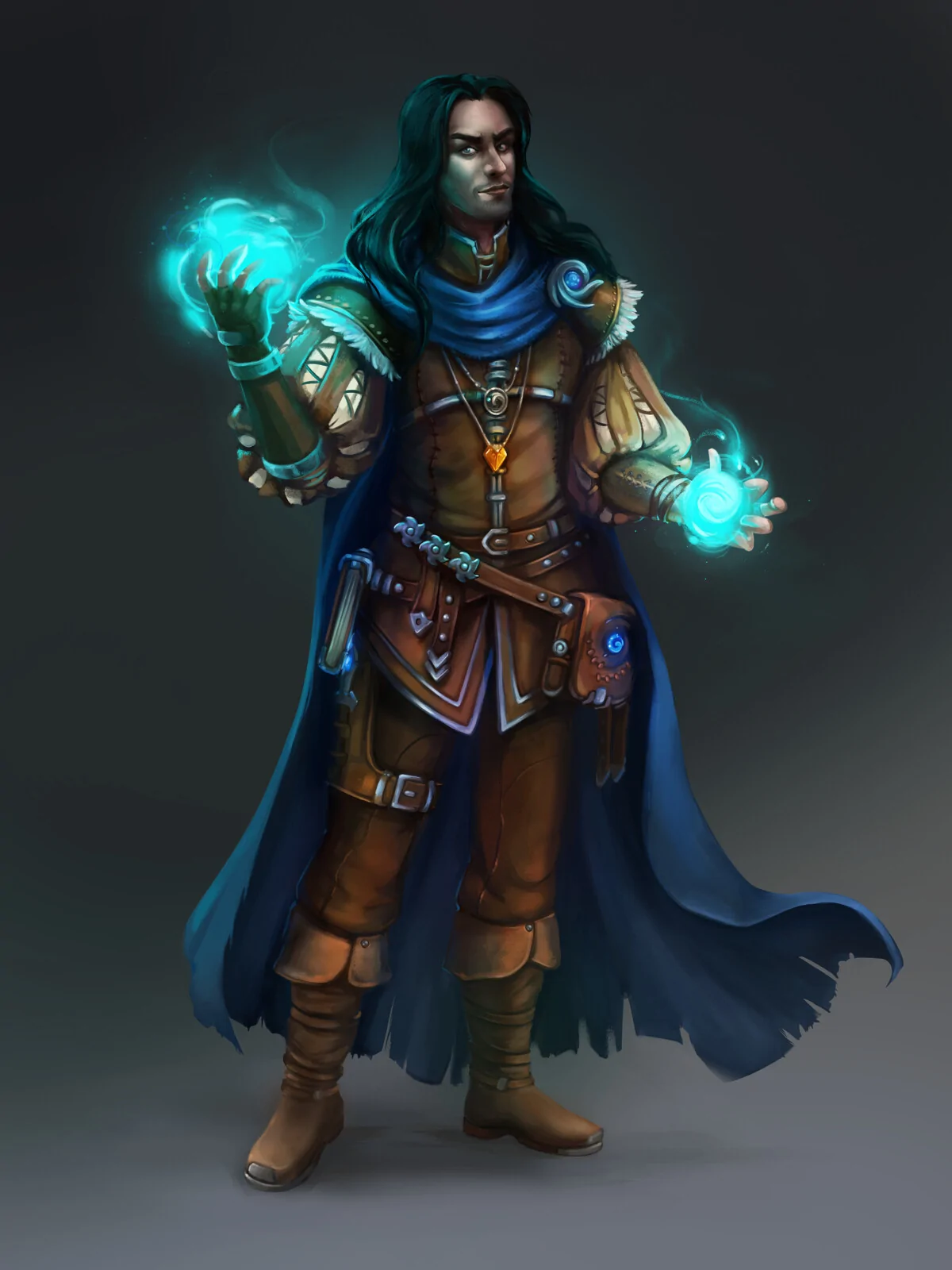
Vi - Arcane✨ by YanSculpts, Blender:
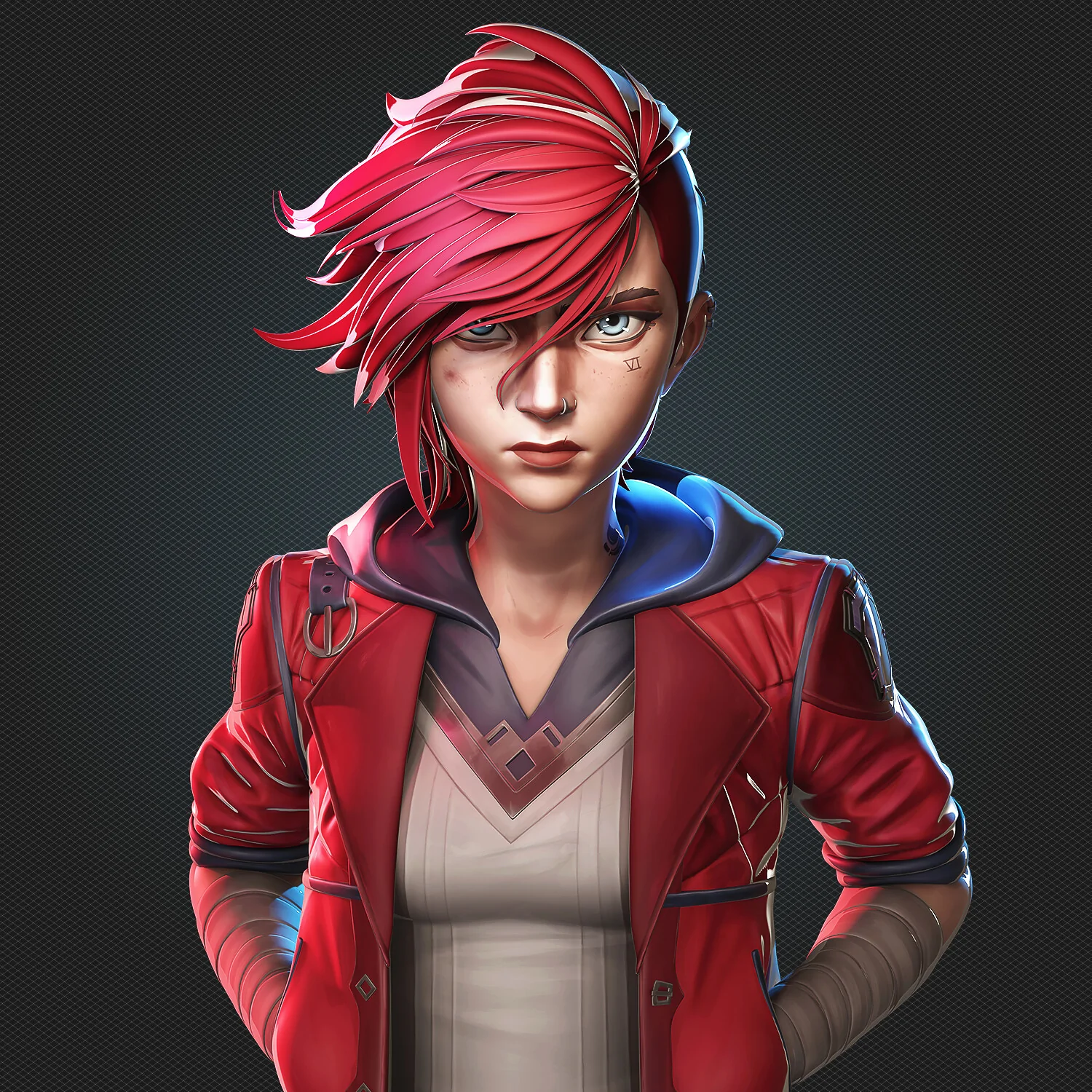
Oh, and here is the sculpting video:
Eggs on a pan, by Lettier, Blender:
#b3d #screenshotsaturday pic.twitter.com/TRhrs55l5S
— Lettier (@lettier) February 12, 2022
Tropical island, by celestialmaze, Blender:
Tropical Island #b3d #blender3d #procedural pic.twitter.com/Aardou1CsB
— celestialmaze (@cmzw_) February 13, 2022
Beechwood Park by Andrew J. Murphy, Blender:
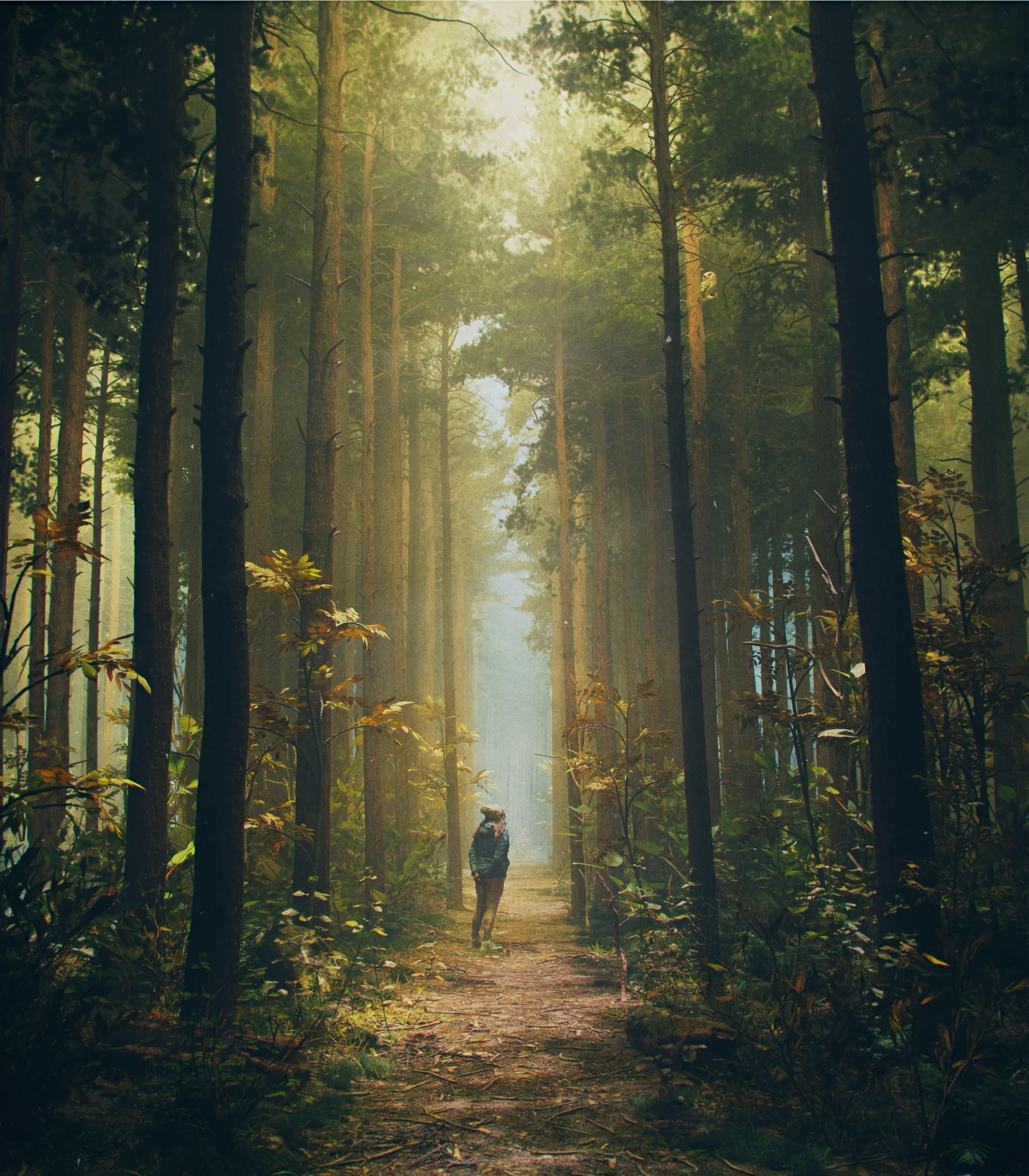
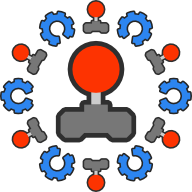
You must be logged in to post a comment.